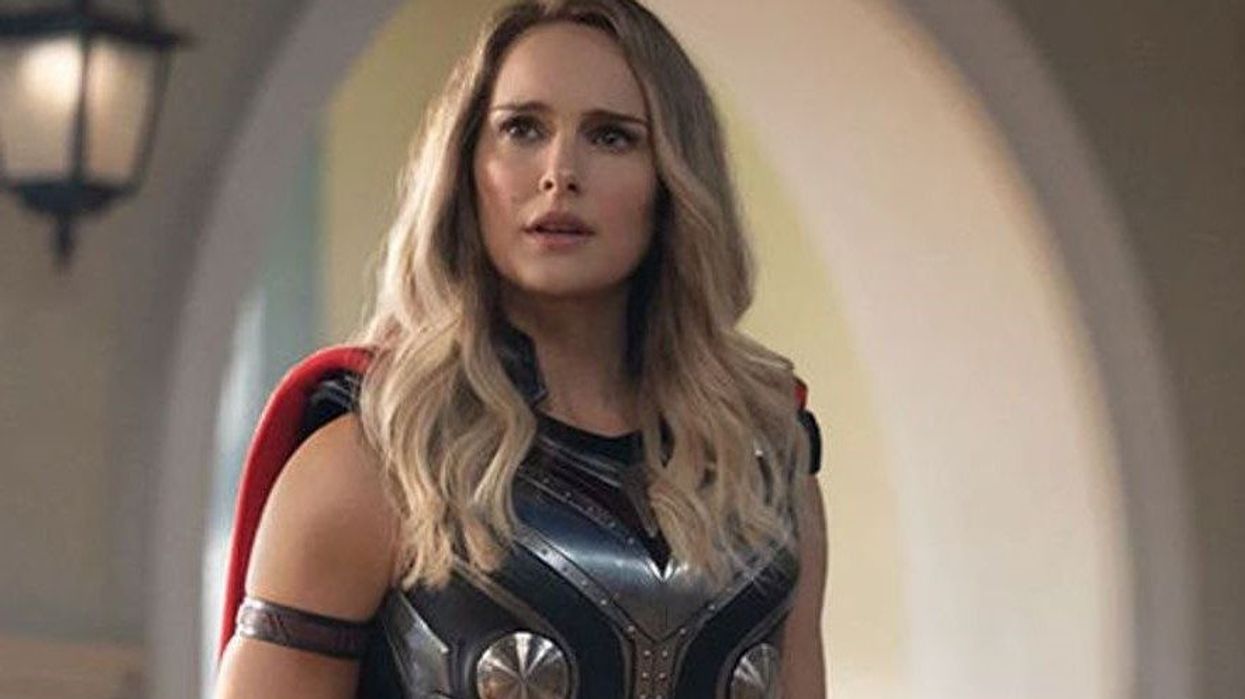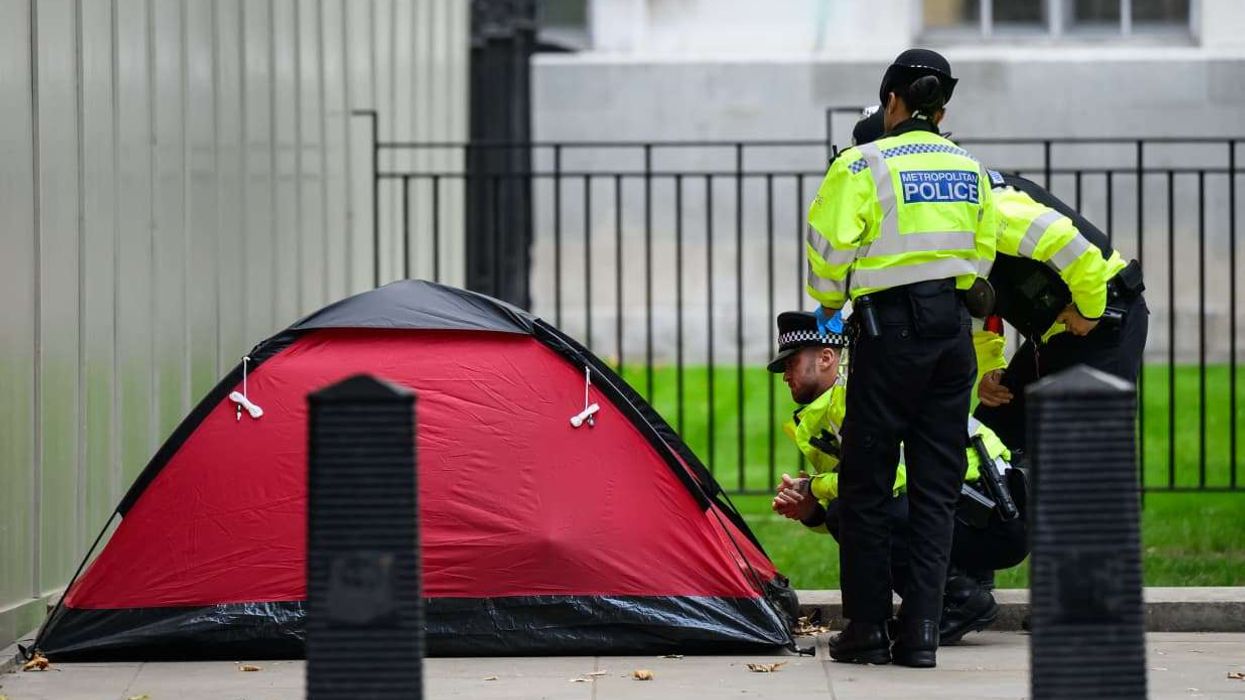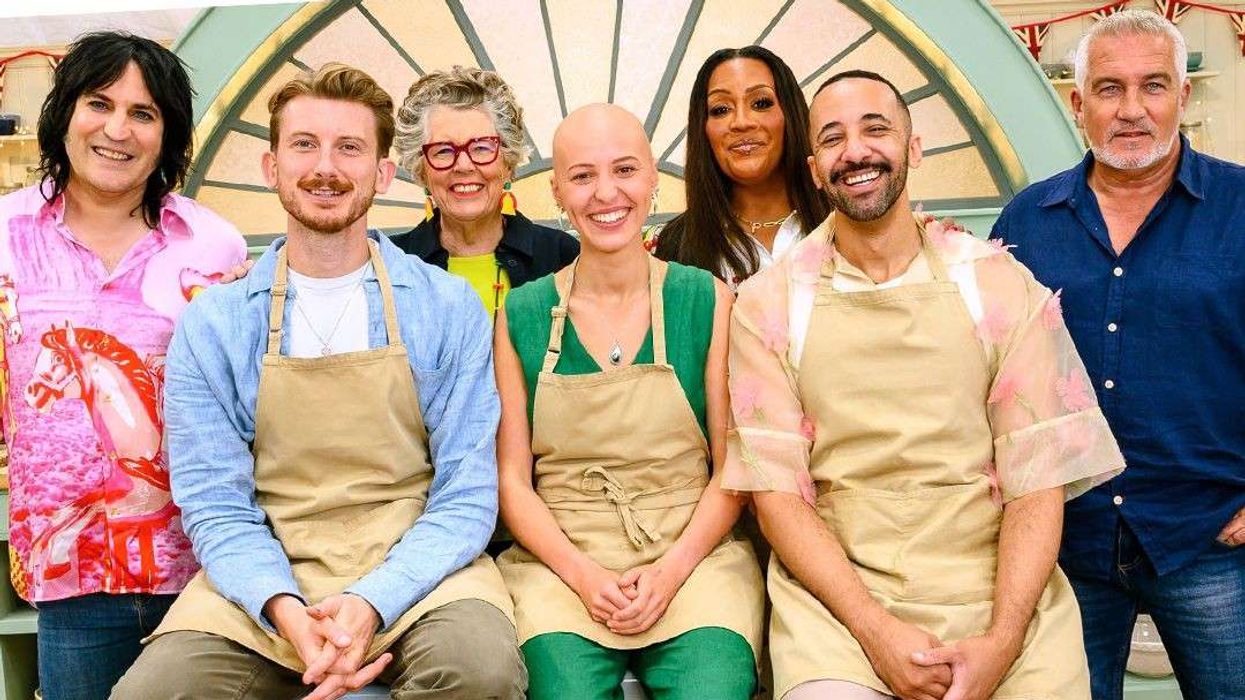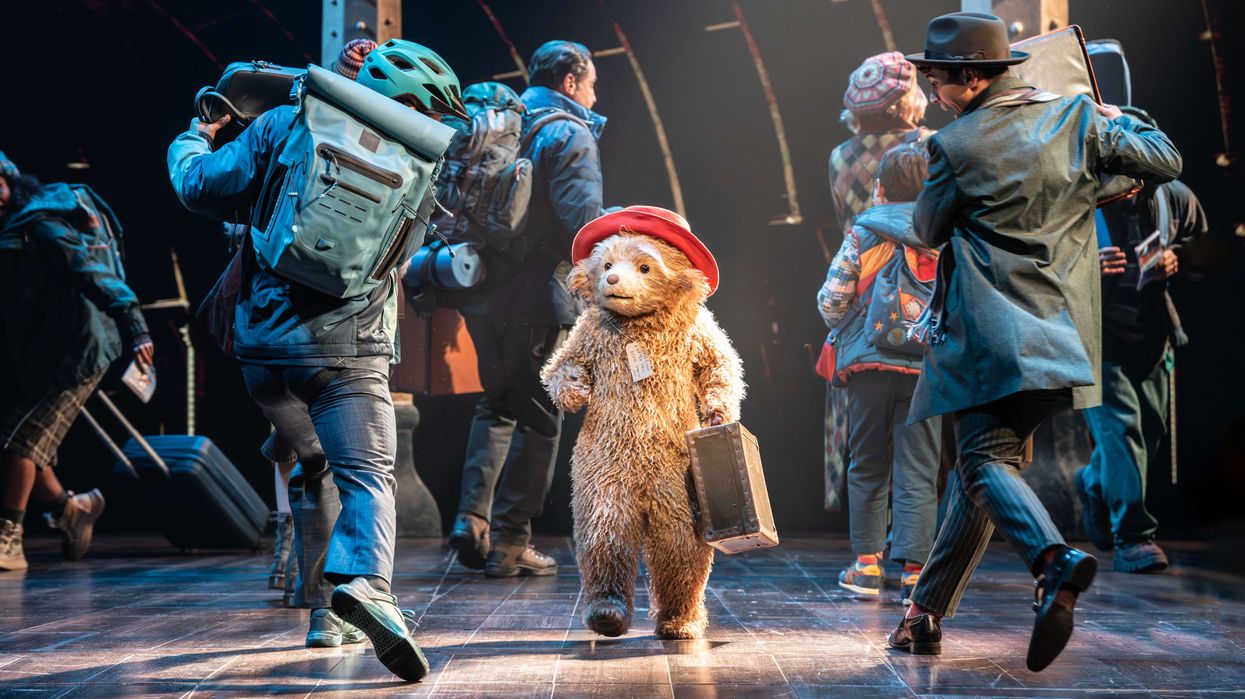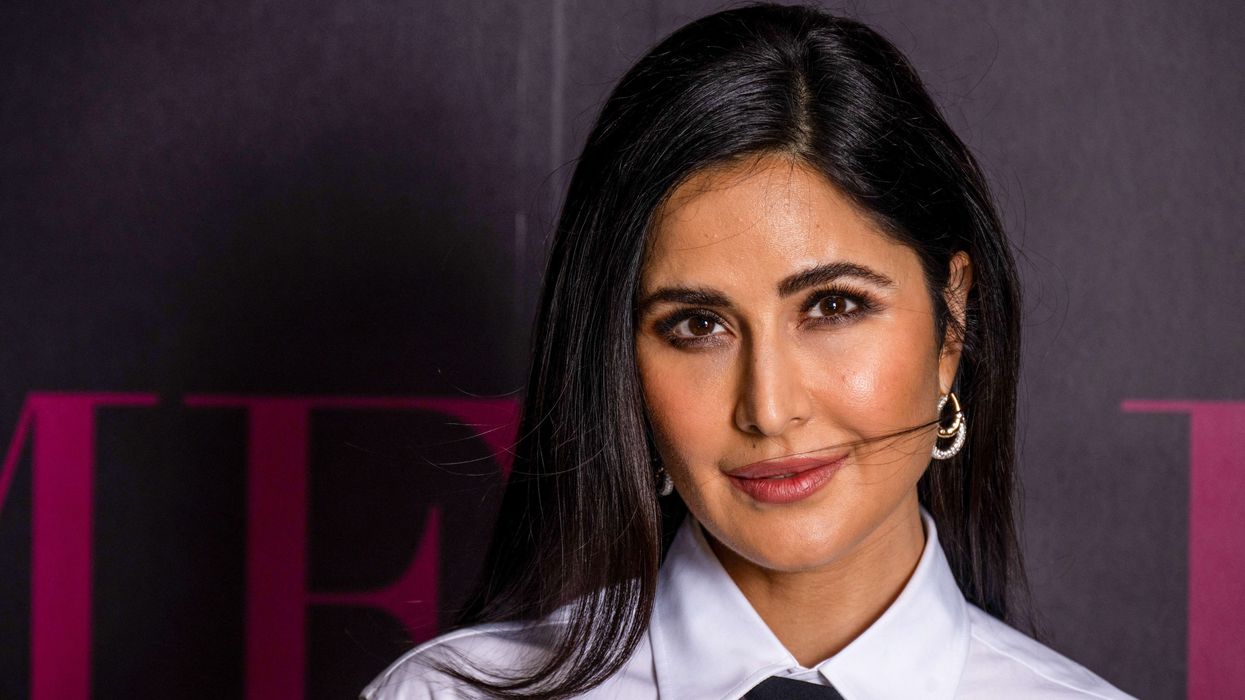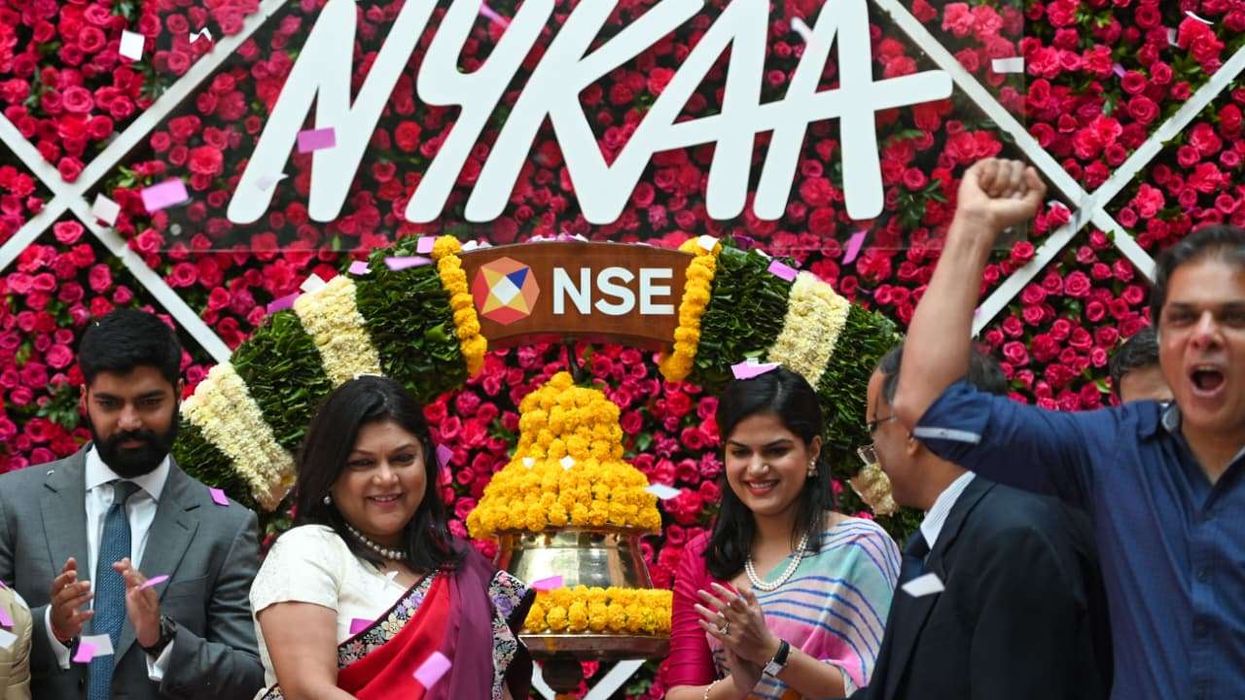Many actors make severe body transformations and change their bodies for the characters they play on-screen. Oscar-winner Natalie Portman is one such star who is reported to have gone beyond the call of duty to do justice to her role as the Mighty Thor in Marvel's Thor: Love and Thunder which was released on 8th July.
Ever since the pictures hit the internet, she has received immense admiration from her fans for her muscular appearance, and especially for her bulky arms. The actress’s bulked-up transformation is the result of some grueling gym sessions, her personal trainer, Naomi Pendergast told Hello.
According to Naomi, the actress’s transformation was the result of a strict gym regime that saw her training five days a week for 10 months. The training sessions would last for a duration between 90 minutes to two hours.
Naomi, who is the director of RPX Fitness, has revealed that Natalie began training for the role four months before the filming of the movie started.
She is quoted as saying, “Natalie did five sessions a week and did not miss one session for the whole time period we trained.”
Naomi told Variety that the other two days were dedicated to injury prevention work, which included Pilates-based exercises, stretching, release work, and balance exercises.
The Independent reported that Natalie’s goals were to “build arm and abdominal definition.”
According to Hello, to achieve the right look for her superhero role in the film, Natalie’s workouts included boxing, weightlifting, skipping, and core work.
Naomi added, “We also worked on stability and agility for injury prevention as Natalie had some dynamic stunt scenes that required her to move, twist, and land in various positions.
“I was also really pleased she got through the challenging stunt process without any injuries.”
The 41-year-old actress is also reported to have made drastic changes to her diet. Hello reported that her typical diet consisted of oats and berries for breakfast, followed by vegan falafels for lunch and nothing but a vegan curry for dinner. Each meal would be accompanied by a protein shake. Natalie is also reported to have snacked on fruits, nuts, and salads to build and maintain her muscles.
"This amount of food was obviously way more than Natalie normally eats," Naomi explained, adding: "But it was essential for her to maintain this throughout filming to keep the muscle she had developed."
Natalie has been described as “focused, determined and humble” throughout the training regime. Naomi says that she “gave 100 percent, even on the days she was tired.”
Last month, Natalie told Variety that she was asked “to get as big as possible” for the role. She said, “That’s an amazing challenge – and also state of mind as a woman. To have this reaction and be seen as big, you realize, 'Oh, this must be so different, to walk through the world like this."
